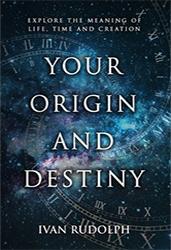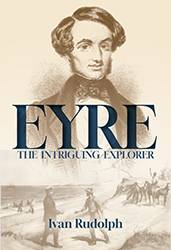William Pullen
William Pullen was a gifted seaman. He had been one of Colonel William Light’s original survey team in 1836 that had discovered Port Adelaide.
Pullen found himself involved in two of the dramas of the day, the first when Sturt had to take Governor Gawler and entourage up the Murray. Gawler and young Bryan lost their way in the bush while the rest of the party struggled against thirst and heat. Pullen (then a Lieutenant) played an important role in attempting to rescue Bryan and the others also. All survived excepting young Bryan, whose body was never found. Gawler named Mount Bryan as a memorial to the lost youth, the son of a minister and personal friend.
The second drama was when rumours of the massacre of survivors of the shipwrecked Maria reached Gawler. Because Pullen was conducting marine surveys nearby, he was ordered to investigate. Thus he was the first to find the battered and in some cases violated bodies. “A sickening spectacle presented itself. There, partially covered with sand, lay legs, arms, and portions of several human bodies.” He set about gathering these remains together.
Pullen, with the aid of the doctor who was with them, deduced that he had found the bodies of two men, three women, and a female child of ten (one woman’s body was almost denuded of flesh, except on the hands and feet), two male children, one apparently about fifteen years of age and the other ten; and at a little distance lay the body of a female infant. All were dreadfully bruised about the face and head, and were stripped of every rag of clothing. It is easy to imagine the indignation Pullen felt at the atrocity. He removed the wedding rings that were found on the fingers of the women to facilitate identification later, and then reverently buried the remains.
Pullen was present later when O’Halloran conducted a “bush trial” of 65 Aborigines who had been captured nearby, many having been found in possession of goods stolen from Maria survivors. Two Aborigines in particular were accused by the others during the trial and were hung for being involved in the murders.
Pullen subsequently expressed puzzlement that the murders of 26 innocent whites should be overlooked in the uproar that followed the hanging of the two Aborigines, who he believed from his own investigations to be amongst the guilty. However, his judgment might have been clouded through inspecting mutilated bodies and suffering trauma as a consequence, and therefore his desire for quick justice is understandable. He and others believed further that the typical blood pattern on the recovered garments, being heavy blood at the neckline but only spatter below, indicated most victims were held tightly while one or more men battered them to death with clubs. Pullen argued that this and the large number killed would have incorporated a significant number of murderers, not just the two or three angry young men that some colonists suggested.
When Grey scrapped marine surveying as one of his economies, Pullen resigned. He was offered the captaincy of the Lord Glenelg for the return journey to London, the ship that had brought Grey to the colony.
Back in England, he rejoined the Royal Navy and was prominent in Arctic searches for Sir John Franklin. Elevated to Vice-Admiral before his retirement, Pullen Island and Pullen Strait in northern waters are named in his honour.



